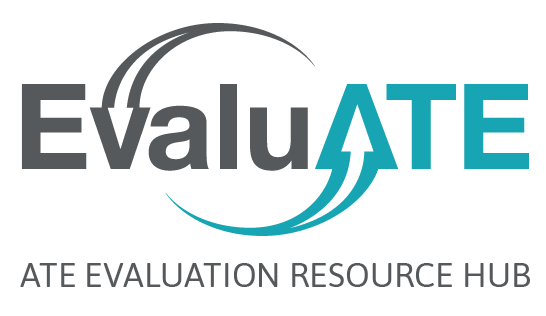Who are the stakeholders in your project evaluation? How should they be engaged in the evaluation? An evaluation stakeholder is anyone who is involved in or affected by a project or its evaluation —from the student experiencing a new curriculum to an NSF program officer monitoring a project’s progress. Engagement can be anything from serving as an information source for the evaluation to participating in data interpretation and recommendation development. With such broad definitions, it can be difficult to figure out the right mix of whom to involve in evaluation activities and how.
We have created a new resource to support reflection and decision-making around this issue. The Identifying Stakeholders and their Role in an Evaluation worksheet present a series of prompts to help PIs and evaluators move from thinking generically about stakeholder engagement to identifying specific individuals and the type of involvement best suited to them.
Involving stakeholders in a project’s evaluation has many benefits. For example, when stakeholders are engaged in various aspects of an evaluation, it usually increases the evaluation’s relevance and usefulness to the project. When key stakeholders demonstrate support for the evaluation, it may enhance cooperation with data collection. Stakeholders’ knowledge of a project’s context and content typically exceeds that of an external evaluator; that knowledge can be tapped for myriad purposes throughout an evaluation. But stakeholder engagement is not a one-size-fits-all activity. It’s not necessary—and rarely feasible—to involve all stakeholders to the same degree in an evaluation. Maybe some just need to be kept abreast of evaluation activities, while others should take a more active role in decision making. The worksheet is intended to help you figure out what stakeholder engagement should look like in your project.
Click on the link to download the Identifying Stakeholders and their Role in an Evaluation worksheet.

Except where noted, all content on this website is licensed under a Creative Commons Attribution-NonCommercial-ShareAlike 4.0 International License.


 EvaluATE is supported by the National Science Foundation under grant number 2332143. Any opinions, findings, and conclusions or recommendations expressed on this site are those of the authors and do not necessarily reflect the views of the National Science Foundation.
EvaluATE is supported by the National Science Foundation under grant number 2332143. Any opinions, findings, and conclusions or recommendations expressed on this site are those of the authors and do not necessarily reflect the views of the National Science Foundation.